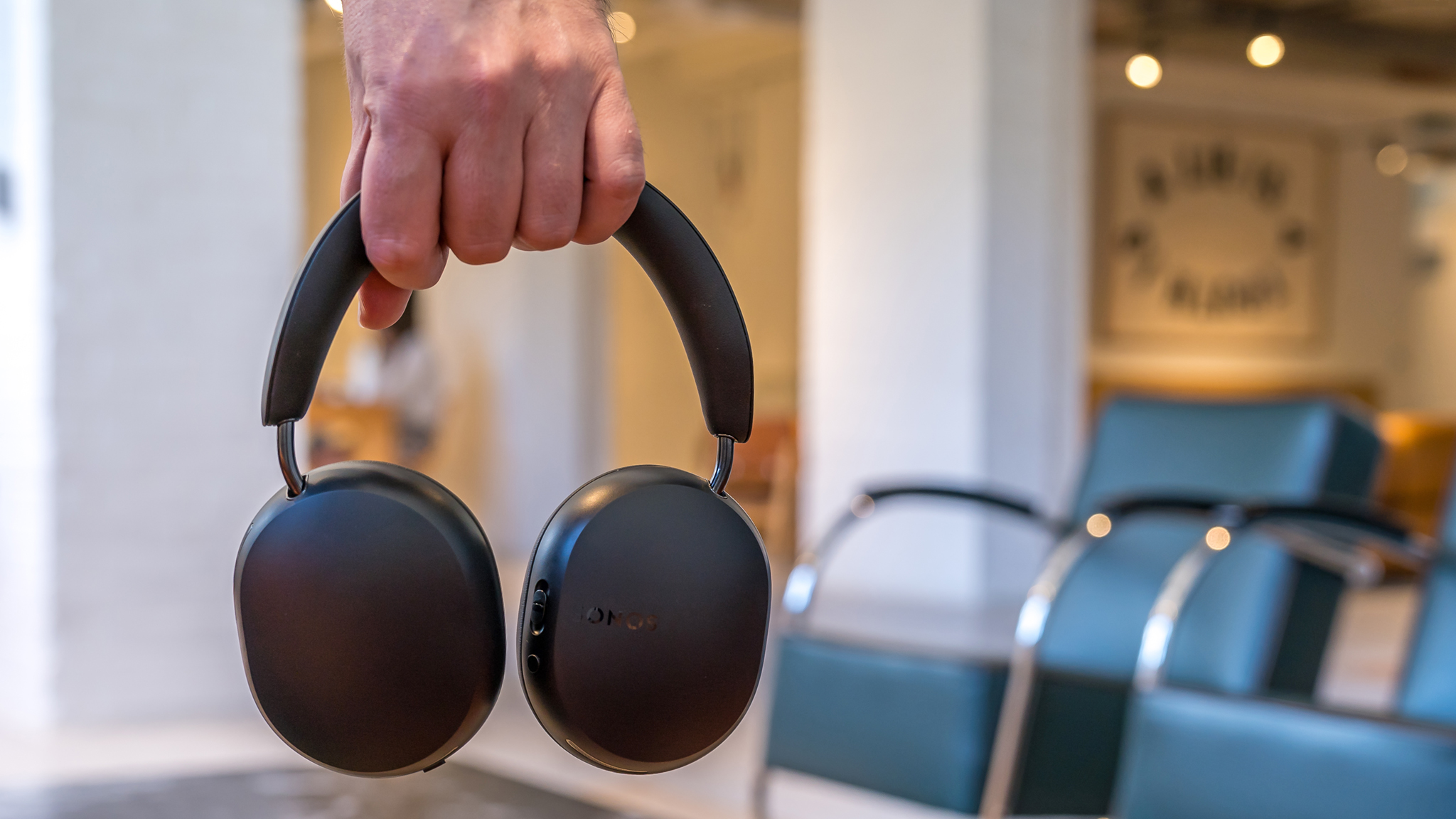AI Gaming on Your Phone: ARM’s Neural Super Sampling – Hype, Hope, and Hilarious Reality Checks
Hello everyone. So, ARM has popped its head above the parapet again, this time with a bold proclamation: “Neural Super Sampling” (NSS) will turn your pocket-sized Facebook-scroller into a gaming beast capable of pumping out visuals that don’t look like they’ve been smeared with Vaseline. Sounds fantastic, like a diet pill that promises abs in a week-until we weigh it on the scales of reality.
The Dream: Ultra-High Fidelity in Your Pocket
Let’s start with the sales pitch. AI upscaling on PCs has come a long way. Early versions like Nvidia’s first DLSS looked like someone ran the scene through a bad JPEG compression filter. But DLSS 3 and AMD’s FSR? Impressively close to native rendering-sometimes so much that games enable them by default. This is the tech ARM wants to shove into smartphones, allowing your mobile Resident Evil 4 session to not look like it’s being streamed from a potato.
NSS is apparently tailor-made for mobile hardware, taking a blurry 540p frame and conjuring a convincing 1080p image using trained AI models. On paper, that means fewer jagged edges, fewer muddy textures, and more “ooh, shiny!” moments while you drain your phone’s battery faster than TikTok drains your will to live.
The Reality: Bottlenecks, Lag, and Industry Cynicism
Now for the doctor’s diagnosis. Neural upscaling has a few, let’s say, *side effects*. ARM’s version might sound like a panacea for mobile gaming, but upscalers take time to process a frame-introducing the dreaded latency. Think of it like your doctor telling you the operation was a success… but you’ll always feel a slight twinge when it rains.
On consoles and high-end PCs, hardware-specific upscalers work so well because everything-from GPU to drivers-is designed with them in mind. On mobile? It’s the Wild West. Chipmakers have to enable the neural hardware, game devs have to integrate it, users have to actually own phones that support it, and publishers have to believe there’s a hungry market for phones running AAA games without resembling a slideshow.
Right now, NSS is just the shiny trailer; the actual gameplay is at least a year, probably more, away. Until Qualcomm, Apple, and others decide it’s worth the silicon space, it’s not rolling out to the mainstream. And if history tells us anything, it’s that developers won’t waste time and money unless they get guaranteed ROI. Spoiler: mobile gamers aren’t typically queuing to install a 120GB game on their phones.
But Could It Work?
Yes, but here’s the thing-NSS could genuinely extend battery life. Rendering at lower internal resolutions takes less GPU juice, and AI hallucination fills the gaps. Fewer pixels processed means less power used, turning your phone into a longer-lasting gaming device. In theory, this means you could play demanding games without your device turning into a hand warmer and crashing halfway through a boss fight.
There’s precedent-HoYoverse dropped Genshin Impact from the PS4 due to “hardware limitations” but happily keeps it on iPhones and Androids. Phones are sneaking up on older consoles’ capabilities, and NSS could tip them over the edge. But it’s a long leap from “could” to “will.”
The Gaming and Conspiracy Angle
Let’s play the conspiracy card. If ARM nails NSS and big devs bite, mobile could become the platform where publishers push their AAA subscriptions. No more expensive PC rigs or consoles-just your phone, your data plan, and a monthly payment to the corporate overlords in exchange for peak frame rates and soulless microtransactions. It’s like handing the keys of gaming to the App Store and Google Play cartel. Fun, right?
And for the gamers who love a challenge, what’s more hardcore than raiding in an MMO with a touchscreen interface while your Uber ride hits every pothole in the city? Pro tip: bind your skills to “shake device” for that authentic rogue-like unpredictability.
Final Verdict
ARM’s Neural Super Sampling is interesting tech with real potential… in the same way a tech demo at E3 can look incredible until the final product stumbles in six months later missing half the features. It could usher in gorgeous AAA mobile games with real performance gains and improved battery life-if the hardware, software, and market all align. And if you believe all those dominoes will fall perfectly, I have a slightly used NFT to sell you.
Verdict: Cautiously skeptical. Show me the silicon and the shipped games, then we’ll talk.
And that, ladies and gentlemen, is entirely my opinion.
Article source: ARM’s New Neural Upscaler Could Finally Make Gaming on Phones Exciting Again, https://gizmodo.com/arms-new-neural-upscaler-could-finally-make-gaming-on-phones-exciting-again-2000641838



